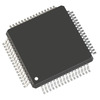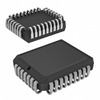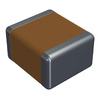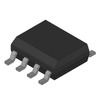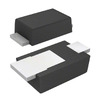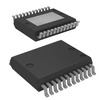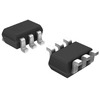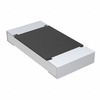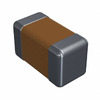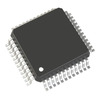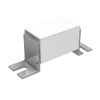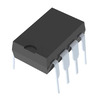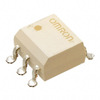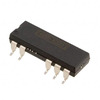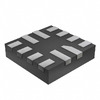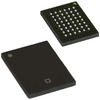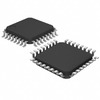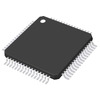IP2721 Overview and Applications in Power Management
The IP2721 is a versatile integrated circuit designed to manage USB Type-C and Power Delivery (PD) 2.0/3.0 input ports with ease. It automatically detects USB connections and adjusts power settings based on the connected device’s needs. With its built-in PD hardware and smart power management, the IP2721 provides a reliable solution for various electronic applications, including smartphones, power banks, and wireless charging stations. This article explores its key features, common use cases, and technical specifications, giving you a clear understanding of why the IP2721 is a great choice for efficient power management in modern devices.Catalog
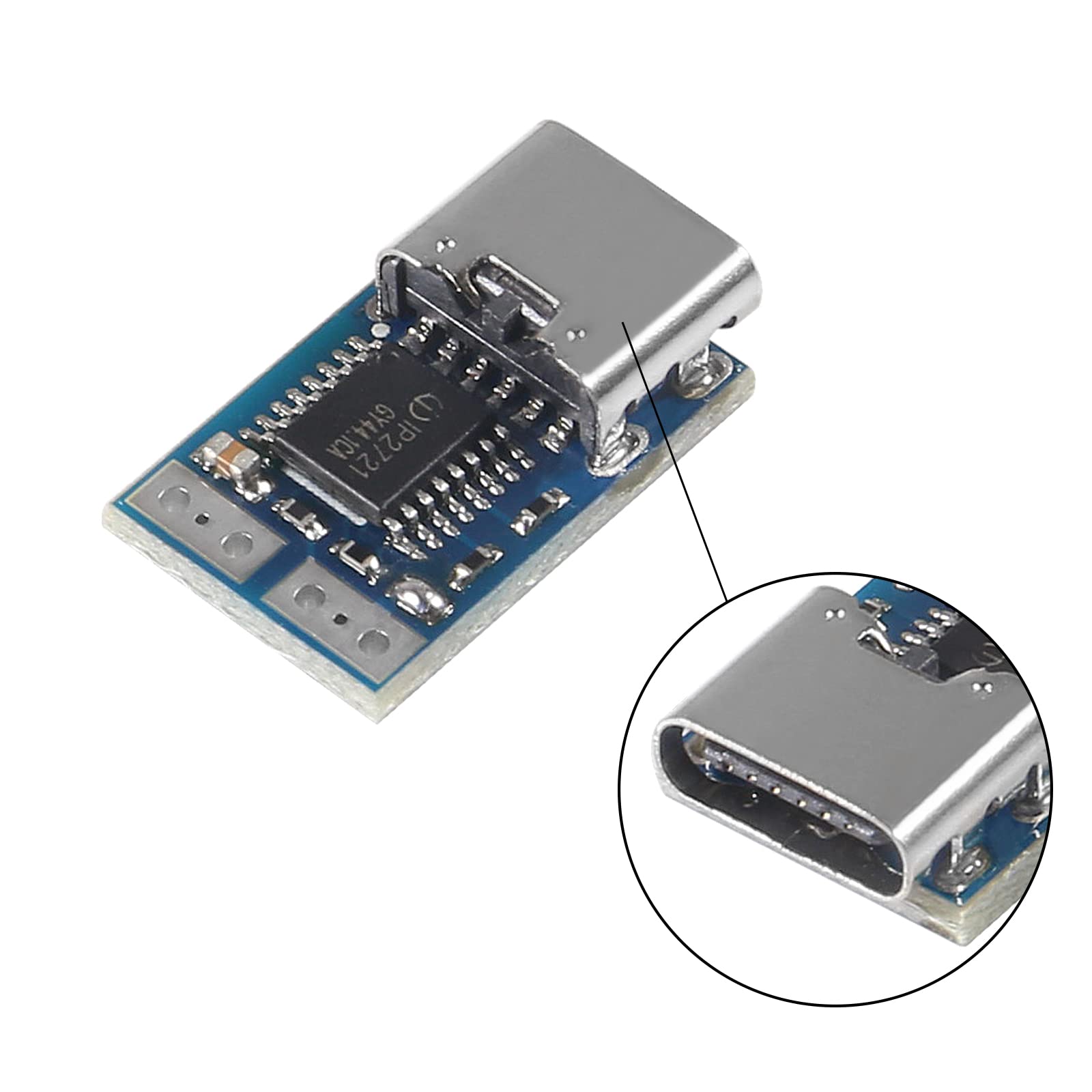
Introduction to IP2721
The IP2721 is a versatile integrated circuit designed to manage USB Type-C and Power Delivery (PD) 2.0/3.0 input ports efficiently. It automatically detects USB connections through its Configuration Channel (CC) pins, CC1 and CC2, making the setup process smooth and hassle-free. By leveraging these pins, the chip identifies the orientation of the USB connection and initiates communication, ensuring that devices connect seamlessly without needing manual configuration.
The chip’s built-in PD protocol hardware further simplifies its design and operation, eliminating the need for extra components. This not only saves space but also reduces costs, making it a practical choice for a variety of electronic devices. From small gadgets like smartphones to high-power devices like laptops and monitors, the IP2721 is designed to handle diverse power requirements with ease.
Another key feature of the IP2721 is its ability to evaluate the power source accurately. Once it detects a connection, it carefully examines the power source’s parameters to determine the optimal voltage and current levels for the connected device. This ensures safe and reliable power delivery, preventing issues such as over-voltage or under-voltage conditions. The reliability of this feature has made the IP2721 a popular choice in various applications, including consumer electronics and even electric vehicle charging systems.
After identifying the power source’s capabilities, the IP2721 then adjusts the voltage to meet the specific needs of the connected device. This adaptability allows for better performance and energy efficiency, whether the device is in charging mode, idle, or running at full capacity. For example, in smartphones, this intelligent power management contributes to faster and safer charging cycles, extending battery life and enhancing user satisfaction.
With its automatic detection, built-in PD hardware, and precise power management capabilities, the IP2721 offers a complete solution for reliable and efficient power delivery in a wide range of devices and applications.
Key Features of the IP2721
Functionality Overview
In USB Type-C applications, the IP2721 operates effectively in TYPEC/PD2.0/PD3.0 UFP mode, which ensures reliable USB Type-C input functionality. It automatically detects USB connections, allowing devices to communicate seamlessly. The chip uses bi-phase Mark Coding (BMC) over the Configuration Channel (CC) and employs hardware-based Cyclic Redundancy Check (CRC) to ensure stable data transmission. This error-checking mechanism helps maintain data integrity during communication, much like the protocols used in network systems to ensure reliable data transfer.
Compatibility and Versatility
The IP2721 supports the PD2.0/3.0 UFP engine, hard resets, and standard USB Type-C protocols, making it highly adaptable within the USB ecosystem. This ensures smooth compatibility across different devices and power delivery setups. This versatility enhances the ease of use and device interoperability, allowing for a more seamless user experience across various USB-powered devices and charging configurations.
Intelligent Power Management
The IP2721 showcases smart power management by controlling the VBUSG through an external NMOS, based on CC negotiation. This capability allows for precise regulation of power delivery according to the needs of connected devices. Effective power management is essential in electronic designs to prevent excessive heat build-up and extend the life of components, making the IP2721 a reliable choice for power-sensitive applications.
Flexible Voltage Configuration
The IP2721 offers flexible options for configuring the maximum Power Delivery (PD) request voltage, with settings for 20V, 15V, or 5V. In comparison, the IP2721_MAX12 provides voltage options of 12V, 9V, or 5V. This flexibility allows the chip to be used in a wide range of devices with different power requirements. For example, some portable electronics may require lower voltage settings for safe charging, making the IP2721 adaptable to diverse power needs.
Smooth Power Transitions
The IP2721 supports VBUS soft start, ensuring smooth power transitions when connecting or powering devices. This feature helps prevent inrush currents that could potentially damage sensitive components during power-up. Implementing a soft start mechanism is a common strategy to improve the durability and reliability of electronic systems, making the IP2721 a robust solution for various applications.
Detailed Pinout Information
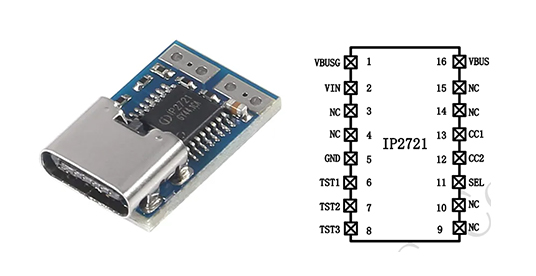
Pin Descriptions
| Pin No. | Pin Name | Description |
| 1 | VBUSG | Connect to the gate of external NMOS, in control of the power rail. |
| 2 | VIN | Power input pin, apply 1µF capacitor to GND, connect to the Drain of the external NMOS. |
| 3, 4 | NC | Keep floating. |
| 5 | GND | Ground. |
| 6, 7, 8 | TST1/TST2/TST3 | Reserved PIN, keep floating. |
| 9, 10 | NC | Keep floating. |
| 11 | SEL | IP2721 High: 20V Floating: 15V GND: 5V |
| 12 | CC2 | Connect to CC2 of USB Type-C port. |
| 13 | CC1 | Connect to CC1 of USB Type-C port. |
| 14, 15 | NC | Keep floating. |
| 16 |
VBUS | Connect to the source of external NMOS. |
Standard Application Circuit
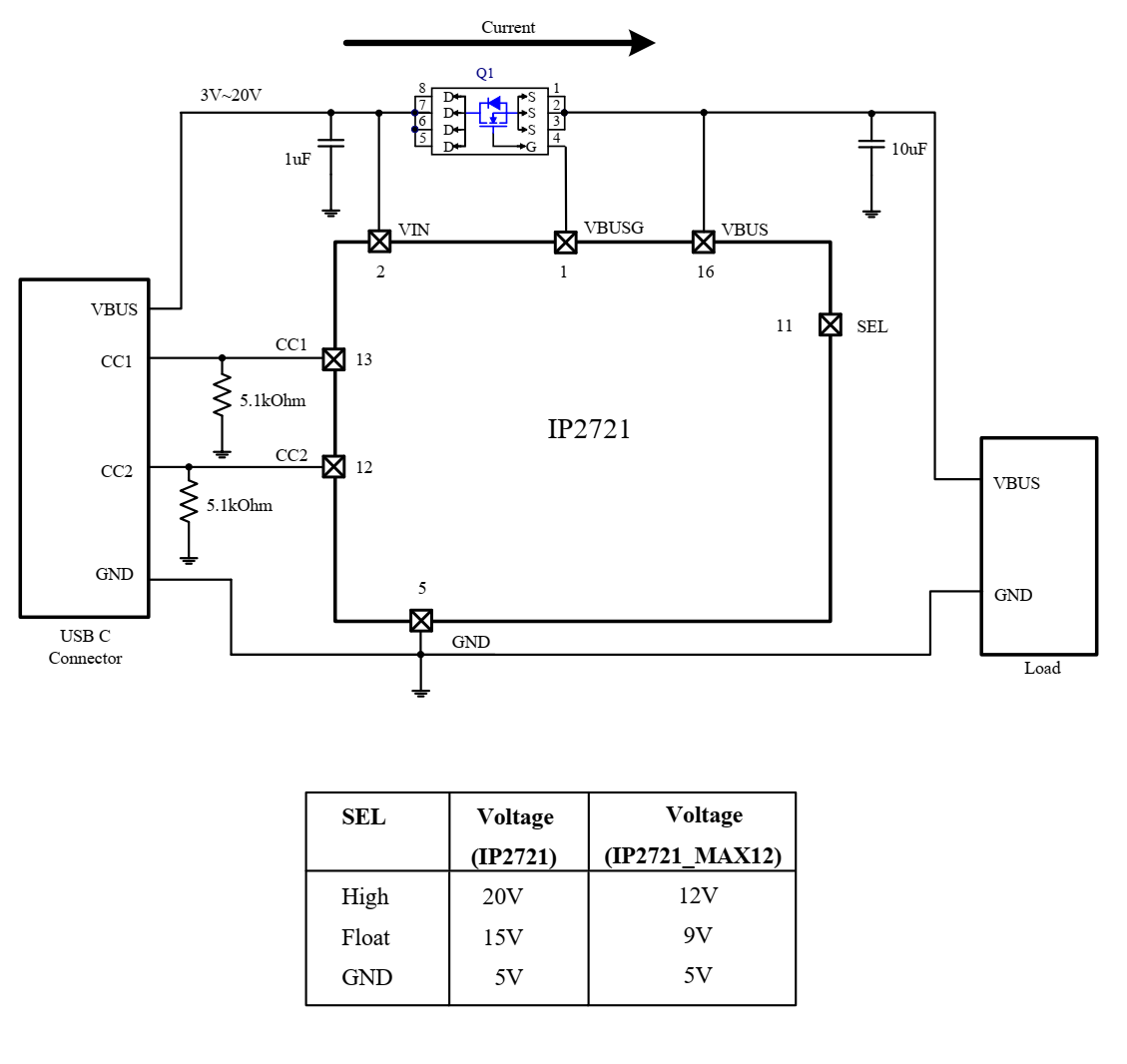
IP2721 Absolute Maximum Ratings
| Parameters | Symbol | Value | Unit |
| VIN input voltage range | VIN | 0.3 ~ 30 | V |
| CC1, CC2 input voltage range | VCC1, VCC2 | -0.3 ~ 30 | V |
| Other pin's voltage range | - | -0.3 ~ 10 | V |
| Junction temperature range | TJ | -40 ~ 150 | ℃ |
| Storage temperature | Tstg | -60 ~ 150 | ℃ |
| Lead temperature (Soldering, 10sec.) | Ts | 260 | ℃ |
| Ambient temperature range | TA | -40 ~ 120 | ℃ |
| Package thermal resistance | θJA | 90 | ℃/W |
| Package thermal resistance | θJC | 39 | ℃/W |
| Human body model (HBM) | ESD | 2 | kV |
Common Use Cases for IP2721
The IP2721 is widely utilized in various applications, including power banks, smartphones, wireless charging stations, VR headsets, and unmanned aerial vehicles (UAVs). Its adaptability to different power standards and effective energy management make it an ideal choice for these diverse fields.
Power Banks
Power banks rely on the IP2721's ability to efficiently manage energy conversion, making them compact yet powerful. By handling different power profiles, the IP2721 ensures that power banks deliver consistent energy output even when charging multiple devices. For example, manufacturers have used this chip to create high-capacity power banks that maintain stable performance under heavy load conditions, providing longer usage times and reliability.
Smartphones
In smartphones, the IP2721 contributes significantly to battery management and fast charging features. Its efficient power regulation optimizes energy flow, reducing charging times and enhancing battery health. By using this chip, smartphone designers can achieve faster charging speeds while preventing issues like overheating, which in turn improves the overall user experience and battery lifespan.
Wireless Charging Stations
Wireless charging stations benefit from the precise power control offered by the IP2721. It allows for smooth power transfer at different charging speeds and under various conditions, ensuring devices receive the optimal amount of power. This precise modulation helps protect battery health, making the charging process more efficient and reliable. As a result, wireless charging solutions incorporating the IP2721 have gained broader acceptance due to their dependable performance.
VR Headsets
VR headsets require stable power supply to maintain an immersive user experience during extended use. The IP2721 supports this need by delivering steady and consistent power, reducing issues like overheating and sudden power drops. This ensures that users can enjoy longer VR sessions without compromising performance, addressing one of the key challenges faced by VR enthusiasts.
UAVs
In UAVs, the IP2721's advanced power management is essential for achieving efficient energy use and maintaining flight stability. By providing reliable power under varying conditions, the chip helps extend the operational range of UAVs and ensures regulatory compliance. UAV users have reported improvements in flight endurance and overall reliability when integrating the IP2721, making it a valuable component for both hobbyists and professionals.
IP2721 Packaging Details
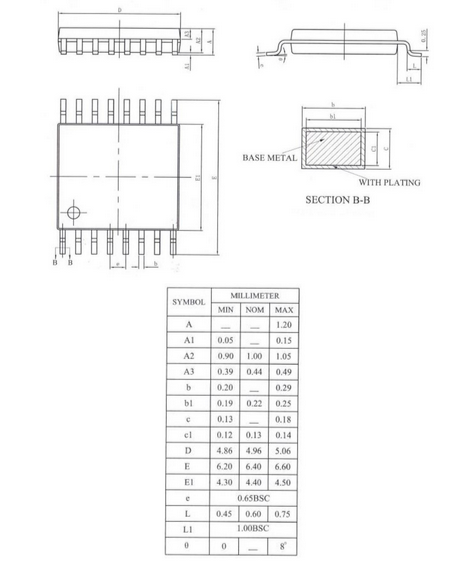
Frequently Asked Questions [FAQ]
1. What is the IP2721?
The IP2721 is a protocol Integrated Circuit (IC) designed specifically for USB Type-C and PD2.0/3.0 ports. It features an auto-detection system for connections and integrates hardware-based Power Delivery (PD) protocols to handle voltage requests. This streamlined design makes the IP2721 an ideal choice for managing USB ports in a variety of electronic devices, ensuring reliable performance and efficient power handling.
2. What is the storage temperature range for the IP2721?
The IP2721 can be stored at temperatures ranging from -60°C to 150°C. This broad storage range means the chip can withstand extreme temperature variations without losing its functional integrity, making it suitable for use in environments with significant temperature changes.
3. How many pins does the IP2721 have?
The IP2721 has a total of 16 pins. Each pin has a specific function that contributes to the IC’s ability to manage USB Type-C and PD2.0/3.0 ports. Proper use and configuration of these pins are key to ensuring smooth communication and power delivery between connected devices.
4. What is the operating temperature range for the IP2721?
The IP2721 operates effectively within a temperature range of -40°C to 120°C. This enables the IC to perform consistently under a wide variety of thermal conditions, making it suitable for both consumer electronics and industrial applications where temperature stability is important.
About us
ALLELCO LIMITED
Read more
Quick inquiry
Please send an inquiry, we will respond immediately.

Understanding the BC338 NPN Transistor: Features and Uses
on October 10th

The DRV8825 Stepper Motor Driver: Features, Functions, and Applications
on October 10th
Popular Posts
-

What is GND in the circuit?
on January 1th 2824
-

RJ-45 Connector Guide: RJ-45 Connector Color Codes, Wiring Schemes, R-J45 Applications, RJ-45 Datasheets
on January 1th 2399
-

Fiber Connector Types: SC Vs LC And LC Vs MTP
on January 1th 2009
-

Understanding Power Supply Voltages in Electronics VCC, VDD, VEE, VSS, and GND
on November 5th 1758
-

Comparison Between DB9 and RS232
on January 1th 1723
-

What Is An LR44 Battery?
Electricity, that ubiquitous force, quietly permeates every aspect of our daily lives, from trivial gadgets to life-threatening medical equipment, it plays a silent role. However, truly grasping this energy, especially how to store and efficiently output it, is no easy task. It is against this background that this article will focus on a type of coin cell battery that may seem insignificant on the...on January 1th 1674
-

Understanding the Fundamentals:Inductance Resistance, andCapacitance
In the intricate dance of electrical engineering, a trio of fundamental elements takes center stage: inductance, resistance, and capacitance. Each bears unique traits that dictate the dynamic rhythms of electronic circuits. Here, we embark on a journey to decipher the complexities of these components, to uncover their distinct roles and practical uses within the vast electrical orchestra. Inductan...on January 1th 1613
-

CR2430 Battery Comprehensive Guide: Specifications, Applications and Comparison to CR2032 Batteries
What is CR2430 battery ?Benefits of CR2430 BatteriesNormCR2430 Battery ApplicationsCR2430 EquivalentCR2430 VS CR2032Battery CR2430 SizeWhat to look for when buying the CR2430 and equivalentsData Sheet PDFFrequently Asked Questions Batteries are the heart of small electronic devices. Among the many types available, coin cells play a crucial role, commonly found in calculators, remote controls, and ...on January 1th 1492
-

CR2450 vs CR2032: Can The Battery Be Used Instead?
Lithium manganese batteries do have some similarities with other lithium batteries. High energy density and long service life are the characteristics they have in common. This kind of battery has won the trust and favor of many consumers because of its unique safety. Expensive tech gadgets? Small appliances in our homes? Look around and you'll see them everywhere. Among these many lithium-manganes...on January 1th 1469
-

What Is RF and Why Do We Use It?
Radio Frequency (RF) technology is a key part of modern wireless communication, enabling data transmission over long distances without physical connections. This article delves into the basics of RF, explaining how electromagnetic radiation (EMR) makes RF communication possible. We will explore the principles of EMR, the creation and control of RF signals, and their wide-ranging uses. The article ...on January 1th 1438

